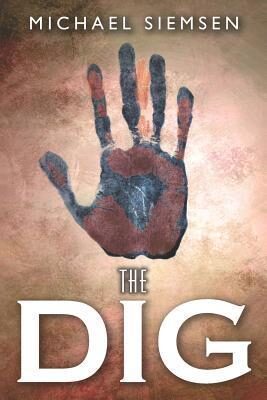
Summary of “The Dig” by John Preston
Main Characters and Central Conflict:
“The Dig” by John Preston is a historical novel based on the true events surrounding the excavation of Sutton Hoo, an Anglo-Saxon burial site in Suffolk, England, in 1939. The story primarily revolves around three main characters: Edith Pretty, a wealthy widow who owns the Sutton Hoo estate and initiates the excavation; Basil Brown, a self-taught archaeologist hired by Edith Pretty to excavate the burial mounds; and Peggy Piggott, an archaeologist who becomes involved in the project and forms a bond with Basil Brown. The central conflict of the novel is the race against time and external pressures as Basil Brown and his team uncover remarkable archaeological finds, including a ship burial containing extraordinary treasures. As they unearth the past, tensions arise over ownership, recognition, and the significance of the discoveries, all set against the backdrop of imminent war.
Key Events of the Story:
“The Dig” unfolds with Basil Brown beginning the excavation at Sutton Hoo under Edith Pretty’s sponsorship. As the team digs deeper into the burial mounds, they unearth intricate artifacts and eventually uncover an intact ship burial, sparking international interest and speculation. The discovery challenges established beliefs about Anglo-Saxon history and culture, positioning Sutton Hoo as one of the most significant archaeological sites in Britain. Meanwhile, personal dynamics evolve among the characters: Edith Pretty’s declining health adds urgency to the excavation, Peggy Piggott’s fascination with the artifacts deepens, and Basil Brown’s expertise and integrity are tested by professional rivalries. As World War II looms on the horizon, the characters grapple with the implications of their discoveries and their own uncertain futures. “The Dig” poignantly captures the intersection of personal ambition, historical preservation, and the enduring quest for understanding the past amidst the tumultuous backdrop of pre-war Britain.

